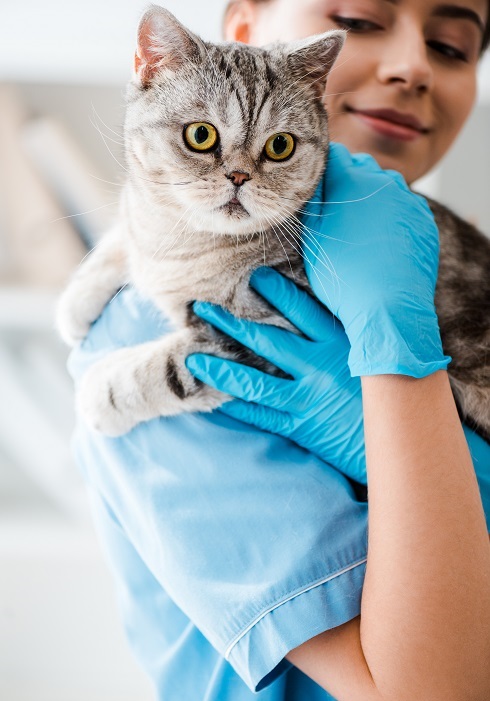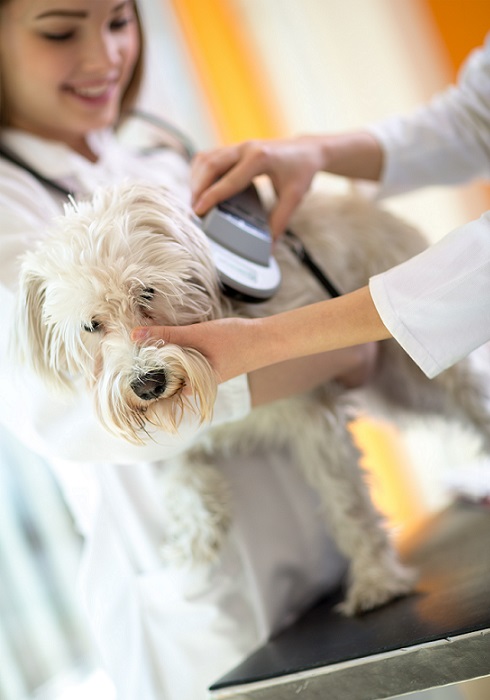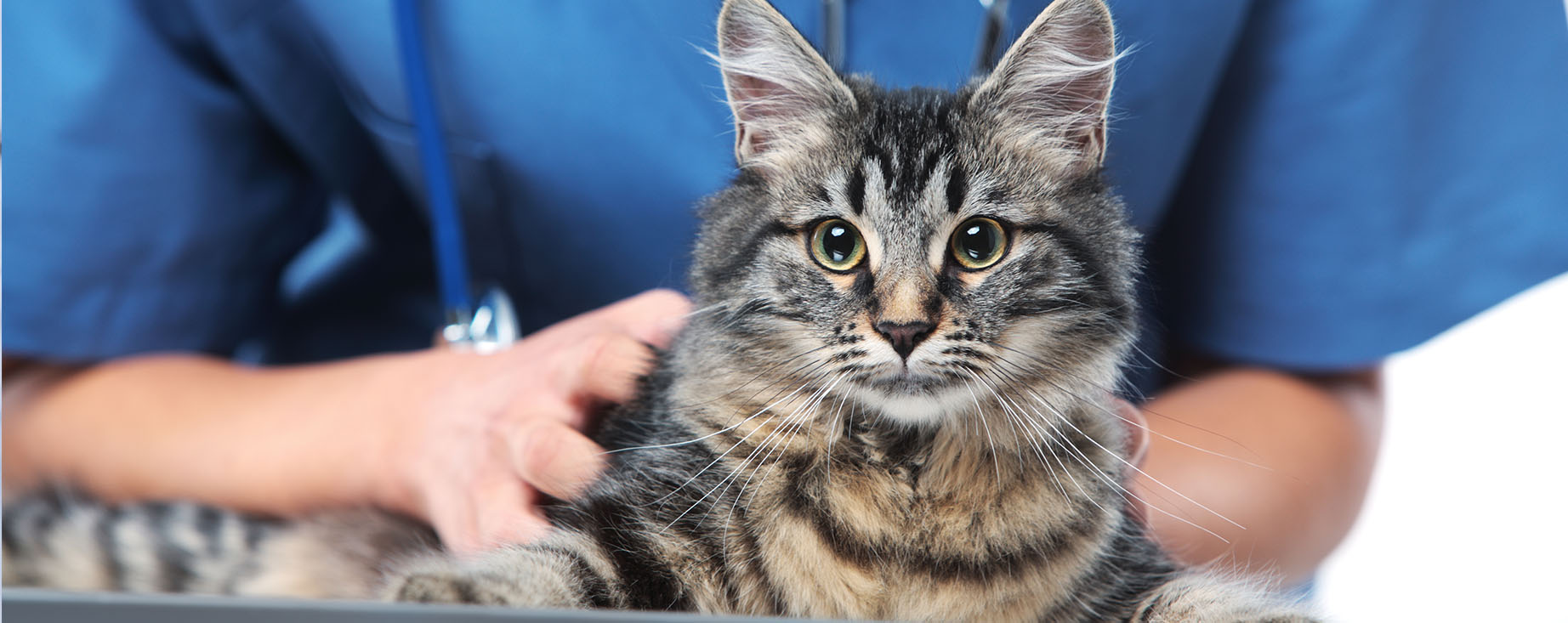Echocardiography
Foremost, echocardiography allows us to determine very quickly whether your patient’s clinical signs are attributable to cardiac disease. This will allow you to advance the treatment of your patient in a timely fashion and reduce unnecessary costs and therapies.Once the problem has been determined to be cardiac in origin we can then evaluate or confirm the presence of:
- Valve structure & motion (prolapse)
- Chamber sizes
- Systolic function (myocardial contractility)
- Diastolic function
- Wall thicknesses
- Arrhythmia(s)
- Pulmonary Hypertension
- Congenital defects
- Pericardial space
- Heart base tumours
Image and Report Management
After the examination is completed, all images and video clips will be saved in digital format and uploaded to a secure server so that they can be viewed and interpreted by our radiologist or cardiologist. Our scanning teams collaborate closely with the consultants to convey valuable history and technical impressions required to complete the presenting scenario. This process ensures a high level of accuracy and communication and maintains elite standards of quality care and control. Images in JPEG/AVI formats are available to all attending veterinarians wishing to discuss patient management and options with their clients.Interventional and Diagnostic Procedures
A compliment of ultrasound guided therepeutic and diagnostic procedures is available to all veterinarians. We will be sure to discuss the risks associated with this procedure and the alternatives available. Consultative process is available with our radiologist or cardiologist if required.We will have all of the necessary supplies to perform all of these diagnostic procedures. The cost for the materials is included in the aspirate charge. Once the sample is collected it will be the responsibility of that facility to prepare the sample for analysis and send in onward to a pathologist for study. A coagulation profile and direct blood smear evaluation for platelets is required prior to any biopsies and at the discretion of the attending veterinarian. Profiles are not required for fine needle aspirates. We would ask that clients be informed of this requirement and that they sign the appropriate consent form, available on the website in the “How to Book” section. Post procedure scanning will be performed to evaluate the site and adjacent organs. Twelve hour fasting (NPO) is also very important.
Sedation and/or anesthesia of the patient is the responsibility of the referring veterinarian. The staff of CMVUS will be happy to discuss options and also provide any local anesthesia that is required.



